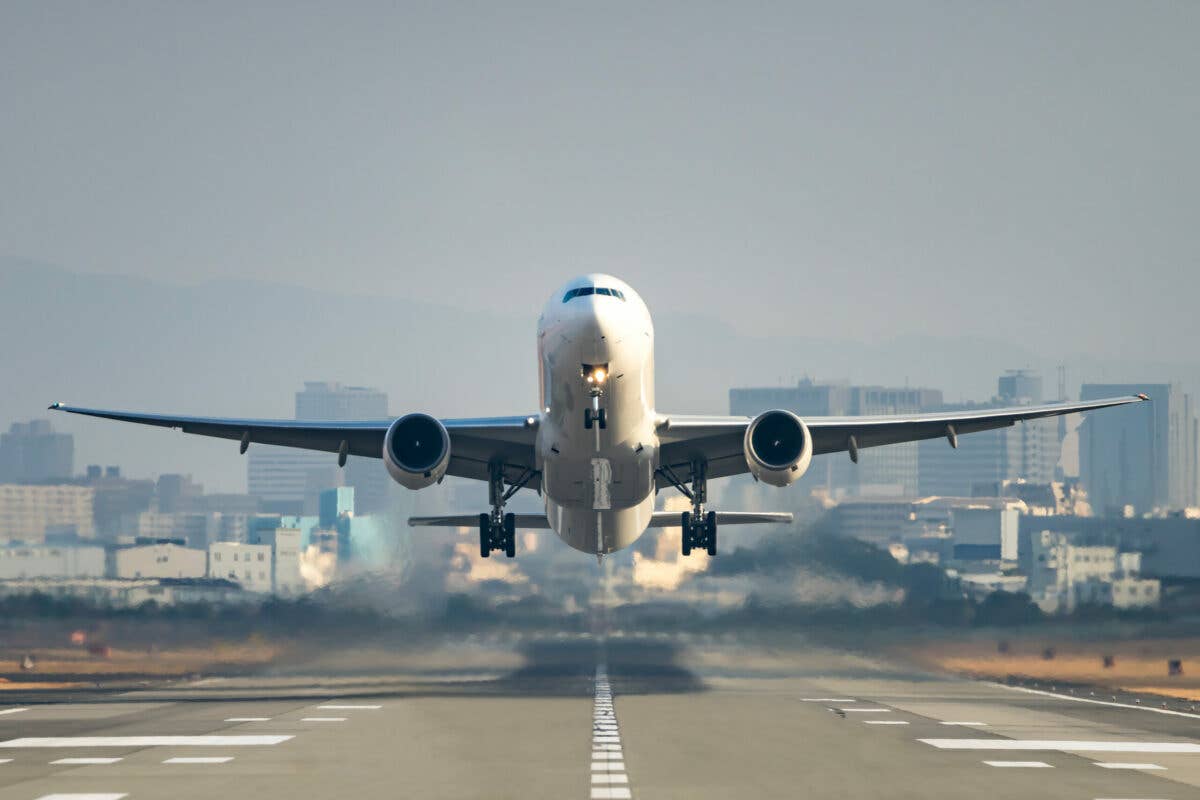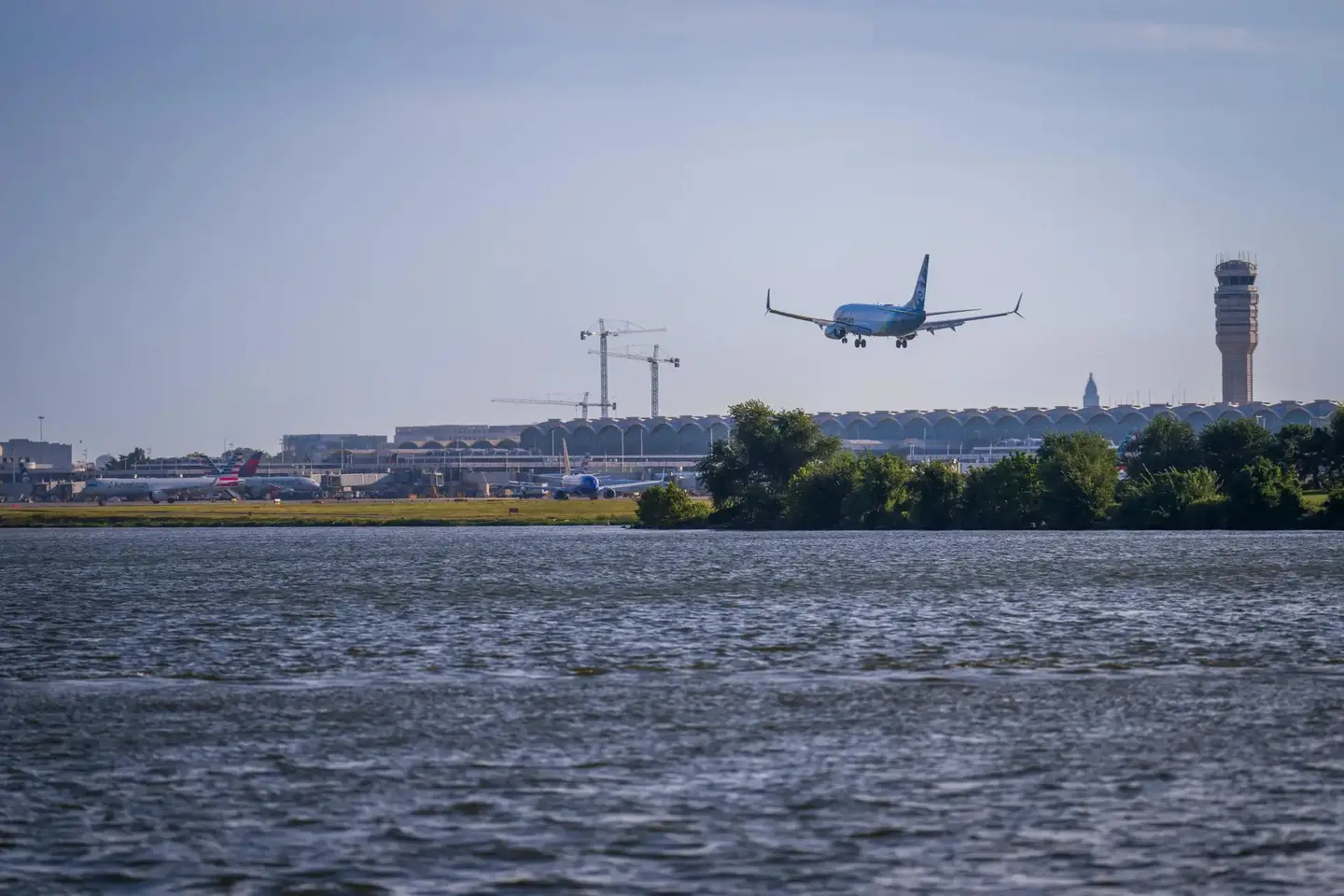
Dr. Carlo Scalo and and a team at Purdue University developed a way to use supercomputers to efficiently simulate vortex flow phenomena inherent to wake turbulence encounters. Purdue University/Rebecca McElhoe
Unseen—for the most part, unless rendered visible by dust or contrails—and always unwelcome, wake turbulence causes flight-path disruption at best, and fatal accidents when encountered at its worst. Pilots do what they can to avoid it, especially when on takeoff or landing, and controllers are tasked with helping us to steer clear. Still, we’re not always successful, and the price is paid in bent metal and lives lost.
One of the ongoing issues with avoiding wake turbulence lies in the complex models required to map it and predict it. Simulations currently in use by aerospace engineers developing aircraft can only capture and paint a portion of the collision of vortices that makes up a wake turbulence encounter—and they take a lot of time processing the data using supercomputers.
“Aircraft in extreme conditions cannot rely on simple modeling,” said Carlo Scalo, a Purdue University associate professor of mechanical engineering with a courtesy appointment in aeronautics and astronautics, in a recent press release from the university. “Just to troubleshoot some of these calculations can take running them on a thousand processors for a month. You need faster computation to do aircraft design.”
Scalo’s team at Purdue has developed successful models to “simulate vortex flow phenomena,” but now they require only one tenth to one hundredth of the computing power in order to use the models to simulate the vortex collision. The researchers call the model a “Coherent-vorticity-Preserving (CvP) Large-Eddy Simulation (LES).” According to the release, the development of the model has been published in a paper in the Journal of Fluid Mechanics.
“The CvP-LES model is capable of capturing super complex physics without having to wait a month on a supercomputer because it already incorporates knowledge of the physics that extreme-scale computations would have to meticulously reproduce,” Scalo said.
Researchers on the team applied the CvP-LES model to the “collision events of two vortex tubes called trefoil knotted vortices,” which are understood to trail behind an airplane’s wings and “dance when they reconnect,” stated the release. “When vortices collide, there’s a clash that creates a lot of turbulence. It’s very hard computationally to simulate because you have an intense localized event that happens between two structures that look pretty innocent and uneventful until they collide,” Scalo added.
A variety of applications are possible for the improved modeling. “The thing that’s really clever about Dr. Scalo’s approach is that it uses information about the flow physics to decide the best tactic for computing the flow physics,” said Matthew Munson, program manager for Fluid Dynamics at the Army Research Office, part of the US Army Combat Capabilities Development Command’s Army Research Laboratory. “It’s a smart strategy because it makes the solution method applicable to a wider variety of regimes than many other approaches. There is enormous potential for this to have a real impact on the design of vehicle platforms and weapons systems that will allow our soldiers to successfully accomplish their missions.”
And perhaps it may just help engineers design future aircraft that don’t create the hazardous wake turbulence we work so hard to avoid. You can watch a video of the model here.

Sign-up for newsletters & special offers!
Get the latest FLYING stories & special offers delivered directly to your inbox






